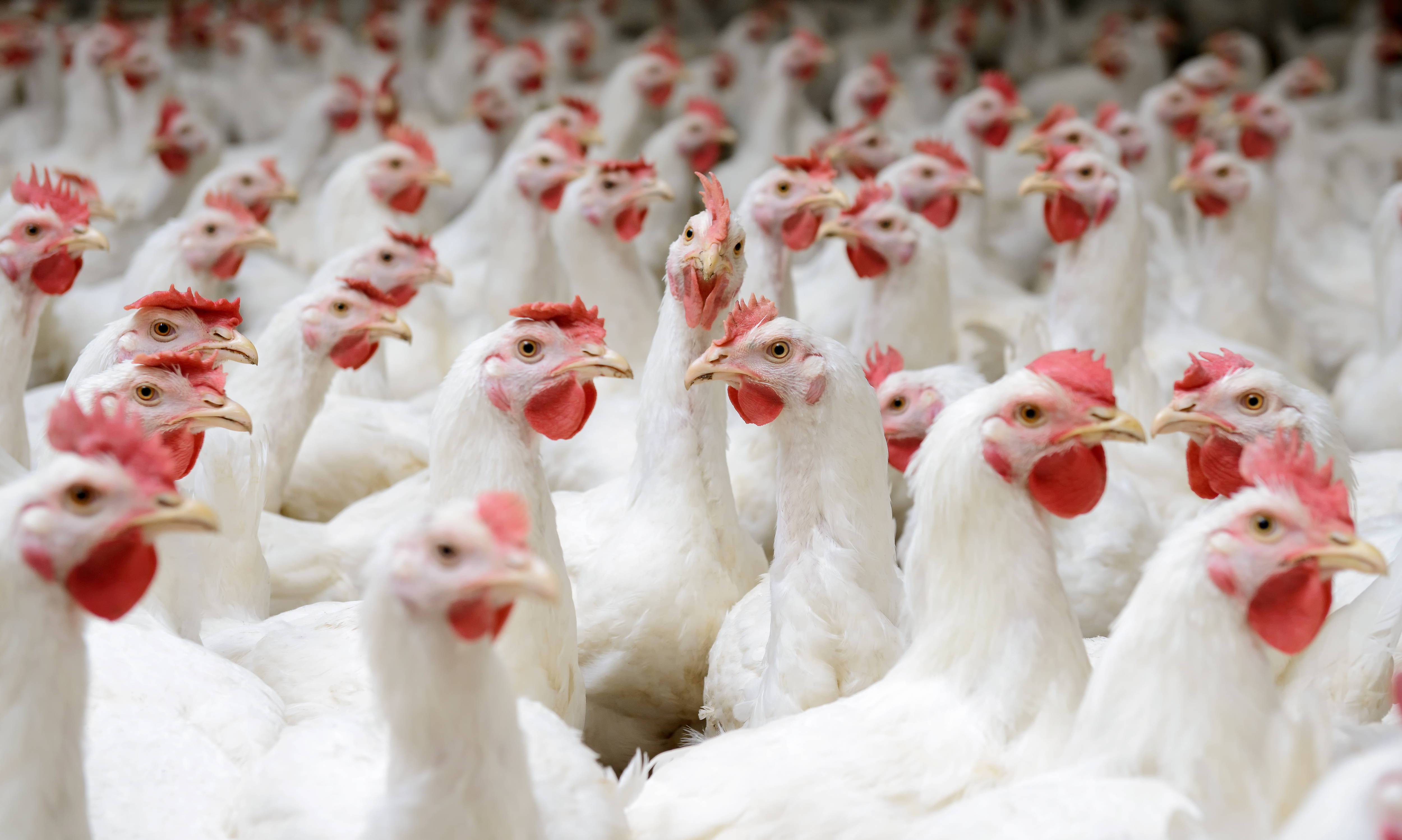Coccidiosis: Causes, Consequences and Control Mesures of Eimeria Infection in Poultry Farming
Eimeria: The Parasite Causing Coccidiosis
Coccidiosis is a parasitic disease caused by a protozoan microorganism (genus Eimeria). Eimeria form spores (oocysts) according to a defined life cycle “using” the epithelial cells of the intestine. These oocysts are then excreted with the feces. The infection occurs by a high intake of oocysts in breeding.
.png)
Type of Coccidiosis
- Chronic/subclinical : without external manifestation, with a more or less important impact on performance, intestinal lesions
- Acute : Reduction in consumption, hemorrhagic diarrhea and mortality
Assessment of Prevalence and Severity of Coccidiosis
 Did you know? To determine the pathogenicity of coccidial species, Reid & Johnson (1970) have established a scoring scale. After autopsy four sections of the intestine (upper, middle, lower and ceca) are graded on a 0 to 4 scale for the 6 species of Eimeria, with a description of the pathologic changes for each rate.
Did you know? To determine the pathogenicity of coccidial species, Reid & Johnson (1970) have established a scoring scale. After autopsy four sections of the intestine (upper, middle, lower and ceca) are graded on a 0 to 4 scale for the 6 species of Eimeria, with a description of the pathologic changes for each rate. Financial Impact of Coccidiosis
While the cost of the impact of coccidiosis alone can be limited, the cost of associated infections can be very significant. The cost impact of a coccidiosis per animal is limited (0.21€/bird), but the necrotic enteritis from the associated infections is a major financial issue (1€/bird) (Jones et al., 2016).

Losses due to four controlled and uncontrolled production diseases in broiler flocks (Jones et al., 2016)
Control Measures Against Coccidiosis
Today the approaches to constrain coccidiosis mostly include anticoccidial chemicals, ionophores or vaccines (Chapman et al., 2010) as well as specific disinfection protocols. Nevertheless, the apparition of drug resistances, society demand for residue-free food and the prophylactic use of anticoccidial chemicals has been discussed, supervised or regulated. These societal and technological questions have led to the development of alternative solutions.
Contact us to learn more about CCPA's solutions to help reduce the negative impact of coccidiosis on poultry.

